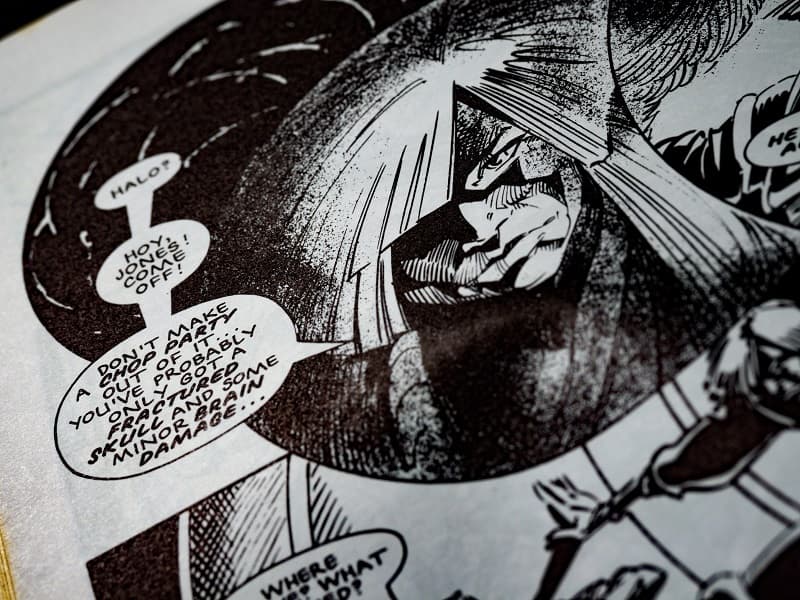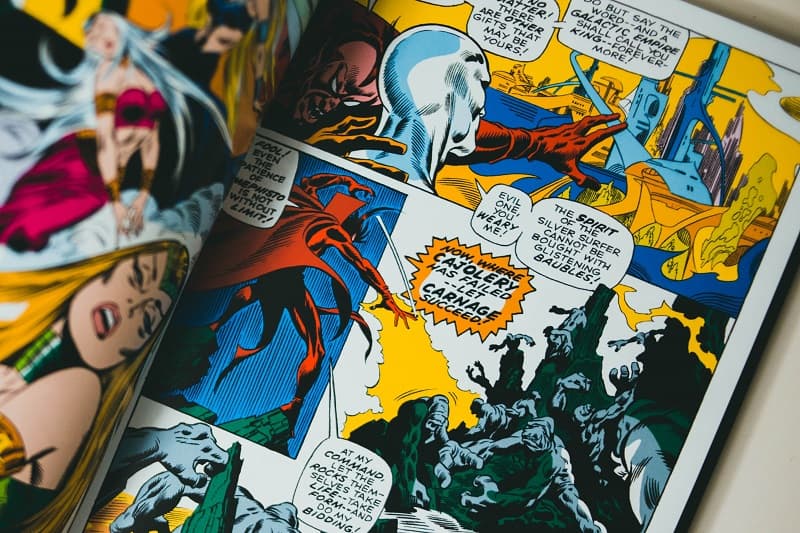Comics have captured people’s imaginations for decades, allowing us to envision fantastic worlds and connect with beloved characters. Recently, artificial intelligence (AI) has opened up exciting new possibilities for comic creation. AI tools like DALL-E 2, Midjourney, and Stable Diffusion can now generate original comic art, characters, and even full comic pages. A gripping manga using ai anime prompts or a story about a popular scientist? Your imagination is not limited. This has made comic creation more accessible, allowing anyone to bring their ideas to vivid life.
In this post, we’ll explore how to utilize AI to start building your own computer-generated comics. With the right prompts and a bit of guidance, you’ll be scripting and visualizing unique stories in no time. Let’s dive in!
Getting Started
The first step is finding the right AI art generator for your needs. Services like DALL-E 2 and Midjourney specialize in creating individual comic panels and characters. Meanwhile, Stable Diffusion works well for complete multi-panel comic pages.
DALL-E 2 produces incredibly photorealistic images from text prompts. So it excels at plausible character designs. Midjourney renders more fantastical, stylized art with vivid colors. It’s great for evoking specific moods or energies for scenes. Stable Diffusion generates full comic layouts, but the art style tends to be less coherent panel-to-panel.
Once you select your AI assistant, it’s time to craft the textual prompts to bring your comic visions to life. Prompting is an art in itself—small tweaks can yield dramatic differences. Let your imagination run wild! Use descriptive words to set the tone and specify finer details. Here’s an example Stable Diffusion prompt for a comic panel: “A tall, strong female warrior with red hair stands triumphantly on a battlefield, mountains visible behind her and the sun setting, digital art”
Adjust prompts slowly to guide the output closer to what you envision.
Scripting and Visualizing Your Comic
AI art generators open new doors for visual scripting. You can create comic scripts focused solely around the key story beats and moments you wish to depict visually. Develop a sequence of narrative prompts describing sequences of events, characters, and settings.
Many comic creators start by visualizing a key character design or iconic cover scene. This grounds the project and gets those initial creative juices flowing. From there, iterate through various comic panels structuring your story arc. Follow the classic creative writing advice of establishing relatable characters, an escalating central conflict, and a satisfying climactic resolution.

Polishing Your Comic
AI-generated art still requires a human creative director. Embrace an experimental mindset while fine-tuning the visuals. The AI will inevitably take some strange tangents from time to time. But that’s half the fun! Curating the happy accidents separates a passable comic from something special.
After generating panels, use editing software like Photoshop to compose layouts and smooth over any odd artifacts. Ensure consistency between character depictions and backgrounds across panels. Finally, have fun adding text, word balloons and other finishing touches to bring your scenes to life!
Potential Pitfalls to Avoid
As with any new technology, utilizing AI for comic creation comes with some potential pitfalls to avoid. As amazing as the results can be, the models still make mistakes. It’s important to review the outputs carefully rather than immediately accepting them as final.
For sequential art, pay close attention to consistency across panels. Do characters look the same from one panel to the next? Are backgrounds visually coherent or do objects, colors, and lighting shift unexpectedly? These details may require additional tweaks and polishing between panels to maintain the scene’s integrity.
AI art can also struggle with logical physical interactions between characters or objects in 3D space. A powerful action sequence could be visually implausible. Fight scenes may feature characters floating awkwardly rather than grounded by physics and gravity. Vehicle movements can defy momentum. Scan panels closely and ensure believable functionality.
Finally, be cautious when generating text, especially for critical story elements like character dialogue. While AI caption writing has improved, it still risks odd phrasing or content inconsistencies. After composing the textual storyline, have the AI generate art only while handling the linguistics separately.

Tips for Refining Your Comic Art Style
As you experiment generating comic art with AI, a key goal is refining a visual style that brings your story to life. Luckily, these models provide numerous tuning knobs to explore. Let’s go through some prompt tweaks to define your aesthetic.
- Want color schemes matching your story’s tone? Add descriptive terms like “cyberpunk neon” or “gritty sepia tones.” Seeking more realism? Use phrases like “ultra-detailed rendering” or “photorealistic.” Would you prefer an animated look? Try “CGI” or “Pixar style.” Comic styles range widely—pinpoint adjectives help steer the art direction.
- The AI often needs help with coherent backgrounds missing relevant objects. Provide context through prompt details like “classroom science lab” or “alien spaceship control deck.” Specify critical scene-setting elements so the AI prioritizes them.
- Take control of styling for key characters as well. Insert distinguishing descriptors like “strong jawline,” “flowing cape,” or “cyborg arm” tied to plot-critical design choices. The AI will then consistently render those memorable traits.
- Finally, feel free to guide the AI away from problematic content when it arises. Insert instructions like “no nudity,” “peaceful,” or “utopian” to encourage more constructive themes. There’s also no shame deleting generations that miss the mark artistically or ethically.
The Future of AI-Generated Comics
We’re just witnessing the beginnings of AI’s expanding role in comic creation. Current models still have clear limitations, but they’re rapidly improving to push the boundaries further. Soon, writers may sketch interactive storyboard animatics to test comic pacing instantly. Artists could indicate layouts and let AIs handle detailed illustrations, textures, and color grading.
In the coming years, expect comic editing software to integrate directly with generative models. With handy sliders and buttons, anyone may effortlessly guide AI art direction or synthesize new script dialogue. Creators will focus more on big-picture vision while automation handles time-consuming production tasks.
Innovations like multilingual comic localization, personalized custom printing, and augmented/virtual reality could all intermix with AI-generated comics. The floodgates are open to keep enhancing graphical storytelling in wondrous new ways.
We’ve only begun uncovering what’s possible. As AI art models continue evolving with human creativity, there’s no limit to the transformative comic worlds we might explore. Each new experiment leads down unexpected tangents. What emerges is a dance between creator and machine collectively transcending their limitations.
So let’s start crafting! With fearless imagination and AI by our side, the next generation of comics awaits. What will your next mind-bending creation look like?